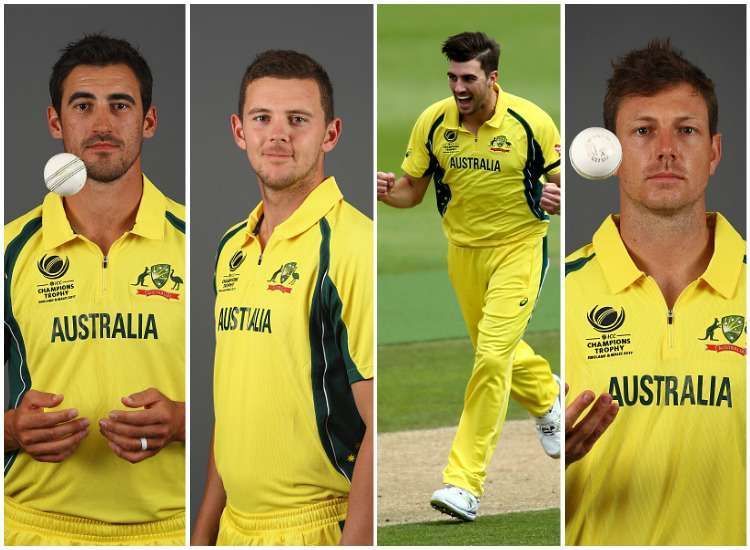
Australia's ODI Conundrum
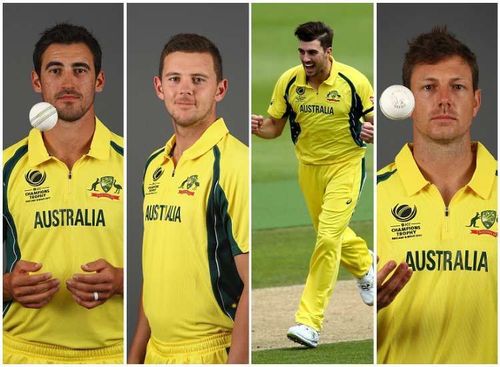
It is not often in the world of cricket that we see an Australian side losing ODI matches like they have in the recent past. Out of the last 13 ODIs played abroad, they have lost 11 and two ended in a no result. The series losses have come against top quality sides like South Africa (SA), New Zealand (NZ) and India.
The script too has looked similar most of the times. When top order delivers, middle order collapses. Otherwise, bowlers fail to defend targets. When top order fails, middle and lower order aren’t able to do much. When bowling clicks, batsmen aren’t able to chase down targets. A decade ago, such problems were unheard of in Australian cricket. So what is going wrong?
Priorities
Firstly, one should take a look at the team Australia has played in ODIs, especially away. Starc, Hazlewood, Cummins and Pattinson form the core of their bowling attack. One would expect the team to have at least three of these bowlers in the XI along with a spinner and a proper all-rounder. Yet, the SA series had none with John Hastings as the lead bowler. The current series in India has only Cummins.
The question comes to the priorities of the Australian team management. The culture in Australian cricket circles has developed on the tales of Ashes victories. A performance in Test cricket’s oldest rivalry is spoken about for generations.
Mitchell Johnson and Brad Haddin might be all-time greats - or not - but they are ‘Ashes heroes’. So its not a secret that they put their prime concerns on having the best players fit and in form for The Ashes.
It is here that bilateral ODI series without much context behind them take a backseat. Australia prefers to play a second string attack in ODIs in exchange of having a fully fit first choice bowling attack available for Tests in general and Ashes in particular (also, ICC events).
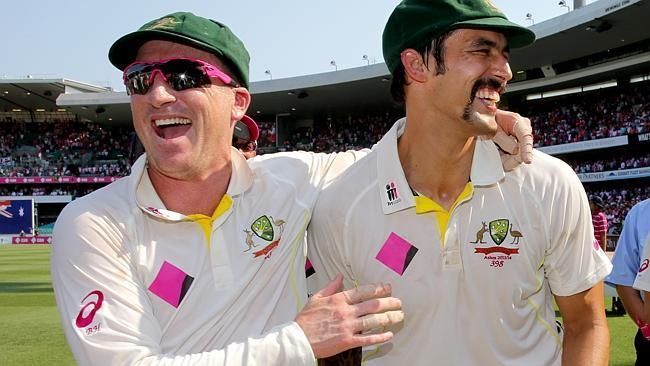
Let us look at the SA series as an example:
Australia played five ODIs and lost all of them. The bowlers in the squad were John Hastings, Scott Boland, Joe Mennie, Daniel Worrall, Chris Tremain and Adam Zampa. Mennie and Tremain made their debuts in that series and Worrall had played just one match earlier against Ireland. The first choice bowlers were either ‘rested’ or were nursing injuries.
Here’s a brief look at what happened in that series:
1st and 3rd ODI - Batsmen score big, top order fires, middle order contributes, bowlers fail to defend targets of 295 and 372.
2nd and 5th ODI - Bowlers fail in first innings, SA sets big targets of 362 and 328, batting fails except David Warner scoring a century and a fifty.
4th ODI - Top order fails, middle order collapses and the target is too small for bowlers to defend.
One can say that bowling was at full strength against NZ and in CT’17 but still they lost. That again gives a greater idea into the list of Australian cricket’s problems.
Dependence on the Top 3
Any bowling attack in the world would fear a batting line-up which has David Warner, Aaron Finch and Steven Smith as its top 3. But at the moment fear, if any, doesn't seem justified.
Bowlers know that 2 early wickets and they are in for a match. This is what Virat Kohli reiterated during the recent ODI at Indore. Australia were very well placed at 221-1 after 37 overs. But Smith and Finch were back in pavillion within 5 overs of that and then Maxwell committed harakiri.
Bhuvi and Bumrah never really gave them any breathing space to close out the innings at 293 at a time when 350 looked inevitable.
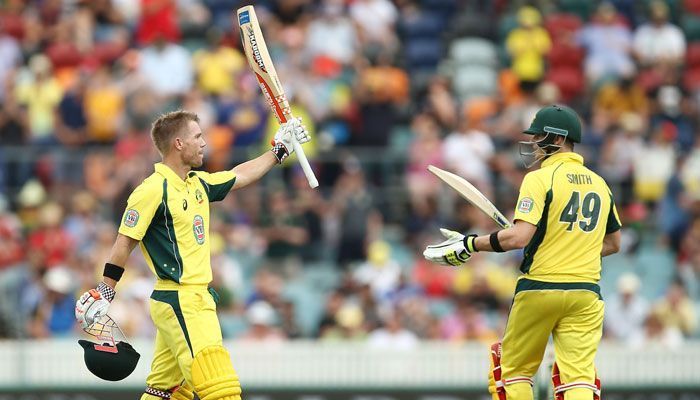
There is not just one problem in the Australian middle-order. They need a batsman at no. 4 who can absorb the pressure of early wickets, rotate the strike in the middle overs and allow the hitters to explode in the last 10.
Travis Head looked promising for a while when he scored a fifty every time after being promoted to no. 4 in his short career. Two of those three fifties came when the top order gave a blazing start and he had to provide a flourishing end to the innings. The 3rd one came while chasing when Australia were in the middle of another collapse.
But he has been found wanting in similar situations in India. Also, a lack of stability at the other end hasn’t helped his cause. Australia seriously needs to rethink Head’s role in the team if he is to perform at his best. A proper batsman like Handscomb or Khawaja at no.4 and Head at no. 5 might be a good place to start.
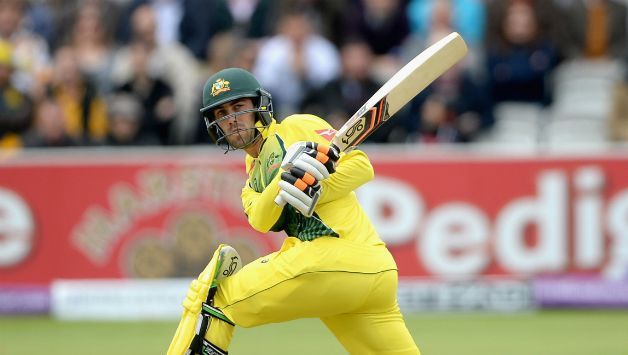
Marcus Stoinis, although just 6 matches old, has shown a lot of temperament and calmness with the bat in the lower-middle order. An early judgement would be too harsh on him, specially when the team itself isn’t winning.
Australia’s dependence on their top 3 to bat for 35 overs and then relying on rest to give the finishing boost isn’t helping the inexperienced middle order. Batsmen like Head and Stoinis can do their job well if only they have someone at the other end to rotate the strike and not allow the opposition bowlers to seize the momentum.
Right now, faith in power hitters at no. 4 isn’t proving to be fruitful.
The NZ series serves a good example:
In both the ODIs, Australia’s first choice bowlers restricted the target to below 290. But top order fell early and middle order again could not arrest the collapse.
To his credit, Stoinis single handedly took Australia to the brink of victory with a blistering 146 not out. If only he had support from the other end.
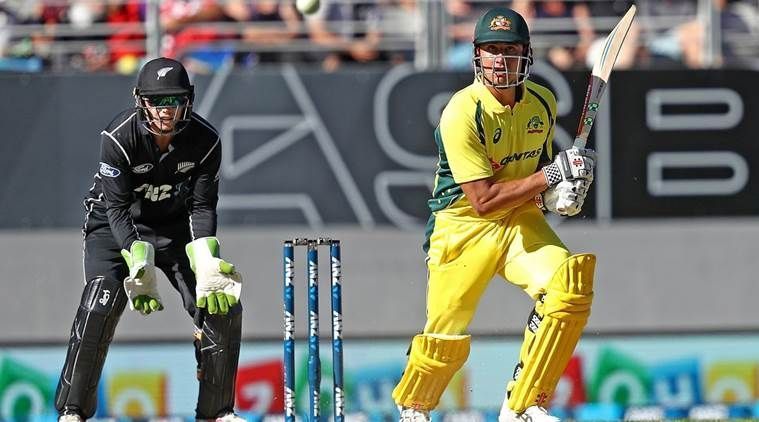
The (missing) X-factor
India has for itself Hardik Pandya and the wrist-spinners. England have Ben Stokes and Jos Buttler. Moeen Ali too. South Africa has Quinton de Kock. Most of these names have one thing in common. They do the job of 2 players in the team.
An explosive keeper-batsman is nothing short of a boon in modern day ODI cricket. Indian selectors have searched for many years in every nook and corner of domestic circles to unearth someone like Pandya. Matches are now being won in the middle overs with your wicket-taking bowlers doing the job even if they go for some extra runs.
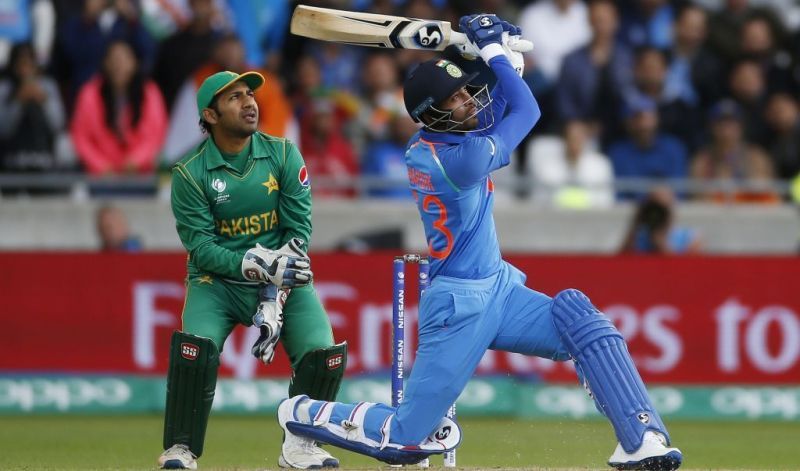
Australia just doesn’t seem to have that X-Factor any more. A player who can turn the tide any moment - be it with a special run-out, a lightening quick catch or a couple of 20 run overs with the bat.
They have tried out a squad of players but nothing seems to work. Faulkner looks past his prime after the injury. Maxwell is just too inconsistent for anyone’s liking. Off-spin doesn’t help much in modern times. Mitchell Marsh appears lost. Cartwright didn’t look as though he belonged.
Henriques might well have played his last for Australia. Wade is just not the batsman everyone wants him to be. A wicket-taking spinner is still a work in progress. Bowling well in the death comes with experience and one won’t find truckloads of that in a second-choice attack.
Though problems don’t seem to end for Australia, only they are the ones best placed to solve them. With internal disputes behind, the team management would be working hard to bring things back on track as far as ODI cricket goes. But with The Ashes just round the corner, one can be forgiven to have other plans in mind.
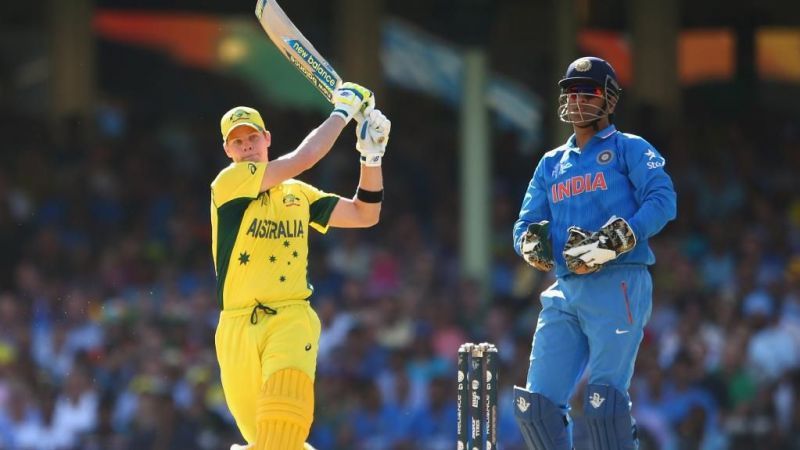
That would still leave them with about a year for the World Cup (the second thing on their list of priorities). All they need is one good series away from home. Otherwise it might be a tough ride for Captain Smith.